
Archives
Contribute
| India Mughal-Maratha Period (1500-1800AD) - Art And Culture |
Rita Pandey
07/28/2022
India Mughal-Maratha period (1500-1800AD) - Art and Culture Rita Pandey Despite destruction of many Hindu temples and scriptures, Turks and Persians blended with the Hindus creating a in a unique culture. Exceptional fusion of rich and admirable architecture and literature, music, dance as well as cuisine, and textile developed. The Taj Mahal (Figure 1), one of the universally admired masterpieces of the world's heritage, is an ivory-white marble mausoleum on the bank of the river Yamuna.. The use of red sandstones and marble on a symmetrical structure became an important feature of Mughal style which was used in Buland Darwaza and Chauburji Gate in monolithic style, single standing massive buildings. Figure 1 – The Taj Mahal was commissioned by the Mughal emperor Shah Jahan (1628–1658) Hindu architectural style of curves, colors, floral designs and arches decorated with Muqarnas, honeycomb vaulting, was added to the Arab Mashrabias design (Figure 2). Elephant figures on Lahore fort, chhatris around the dome at Fatehpur-Sikri and stalks of flowers on minarets are excellent examples of Hindu and Islamic cocreation. (Figure 3) Persian Charbagh layout of gardens used multiples of geometric plan featuring four squares, two canals’ crossings in the center, flower beds, Cyprus and fruit bearing trees, with fountains, ponds and waterworks to cool. Charbagh in Kabul, Humayun’s Tomb in Delhi, Aaraam-Baagh and Mughal-Garden in Agra and others have similar designs. (Figure 4 and 5). Miniature paintings were based on Iranian symmetry and proportion combined with local flexibility that developed distinctive elegance. Both Hindu and Muslim artists included Persian fables, Humza-Nama and local themes from Mahabharata, Ramayana, Puranas, nature, and gods and goddesses in their designs. These illustrations used Indian costumes, plants, landscape, and colors. (Figure 6). India’s textiles included fine Dhaka muslin, silk, and velvet with brocade-Kinkhwab work. Mughal cuisines were influenced by the Iranian, Afghani, and Persian as well as Kashmiri, Punjabi and the Deccan Cuisines. Harmonized Perso-Arab and Indian music flourished. Many new melodic structures were created such as Khayal, Tarana, Tappa, Thumri, Kajari, Ghazal, and Ashtapadi. The devotional music in the form of Bhajans became very popular. Rudra-Veena and Rabab fused with Indian instrument Veena that formed sarod. (Figure 7). The melodies of Carnatic music in the south were mostly devotional and rhythmic music created and rendered by Purandara Dasa, Kanaka Dasaru, Tyagaraja, Dikshathar, Shyama Sasthri, and Swati Tirunal. Sufism and Sikhism inspired through Ramayana, and Mahabharat reached to its zenith. Poetry of Surdas, Tulasidas, and Mira Bai illustrated the devotional mood of the people. Verses of Guru Granth Sahib were recited in rhythm and Ragas. (Figure 8). Sankirtan, Vaishnava Padavi (Bengal) by Chaitanya were focused on the Radha-Krishna legend. Figure 8 - Bhakti movement, Sufism and Sikhism Kathakars expressed their Bhakti through Ashtapadi where Persian dervish influence could be seen in Sufi-Kathak (Figure 9). In South, Padavali poetry reflected an earthy view of divine love rooted in the Agama poetry of Tamil Sangam. People celebrated elaborate dance forms like, Koodiyattam, Bharatanatyam, Oyilattam, Karakattam, Kuchipudi, Kathakali, Thirayattam, Theyyam, Bhuta Kola, Ottamthullal, Oppana, Kerala Natanam, Mohiniattam and Yakshagana. Tukaram, a seventeenth century poet, led the Varkari Movement that emphasized devotion and love towards God, in contrast to blind obedience of rituals and arcane religious practices. Figure 9 – Kathakar and Dance forms flourished Reference and picture source: https://selfstudyhistory.com/2015/01/27/mughal-music/ https://www.slideshare.net/salwashafiq2/taj-mahalgarden https://www.apollo-magazine.com/art-diary/rembrandt-and-the-inspiration-of-india/ https://www.theheritagelab.in/mughal-recipe-history/ https://www.skyscrapercity.com/showthread.php?p=132154007 The Art and Architecture of the Indian Subcontinent (The Pelican History of Art) Harle, J. C. The wonder that was India-Part II (Roopa & Co.) Rizvi, S.A.A. https://www.metmuseum.org/art/metpublications/India_Art_and_Culture_1300_1900 Figure 1 – The Taj Mahal was commissioned by the Mughal emperor Shah Jahan (1628–1658) Houses the tomb of Mumtaz Mahal and Himself. Figure 2 - Mashrabias - The pierced screens used as windows to control heat and sunlight Figure 3 - Pietra dura - Parchin Kari work, Detailed work on marble Figure 4- Naghsh-I Jahan square, the Charbagh Royal Square (Maidan) Figure 5 – Shalimar Bagh, Srinagar and Lahore Figure 6 - Hamzanama and Mumtaz-Shahjahan Figure 7 – Poetry and Music and Instruments Figure 8 - Bhakti movement, Sufism and Sikhism Figure 9 – Kathakar and Dance forms flourished ___________________________________________________________________ Dr. Rita Pandey is a co-leader in the Arts and Culture track in India Discovery Center's project on "Evolution of Indian Culture: Pre-history to 1947AD" More information and updates on the project are available at https://www.facebook.com/Evolution-of-Indian-Culture-An-IDC-Project-107749391111922 More information on India Discovery Center is available at https://www.indiadiscoverycenter.org (c) Copyright 2022 India Discovery Center, Inc. All rights reserved.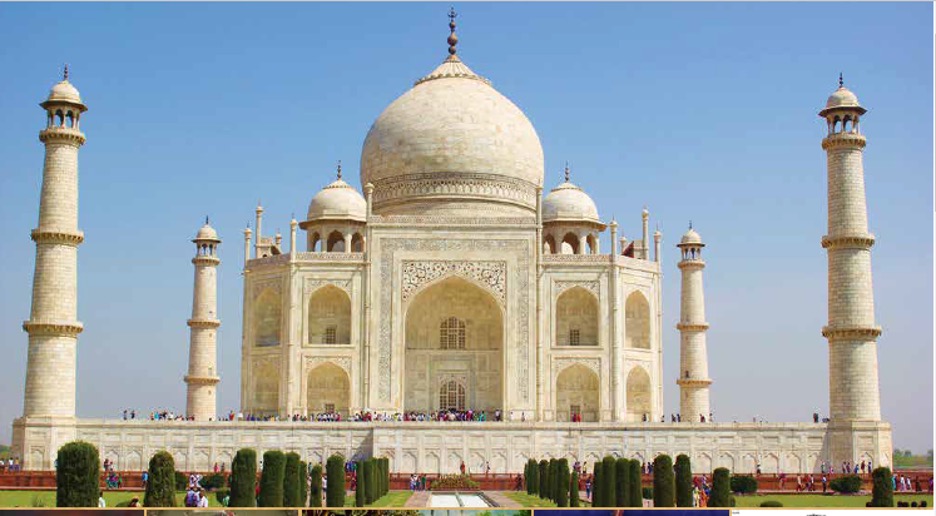
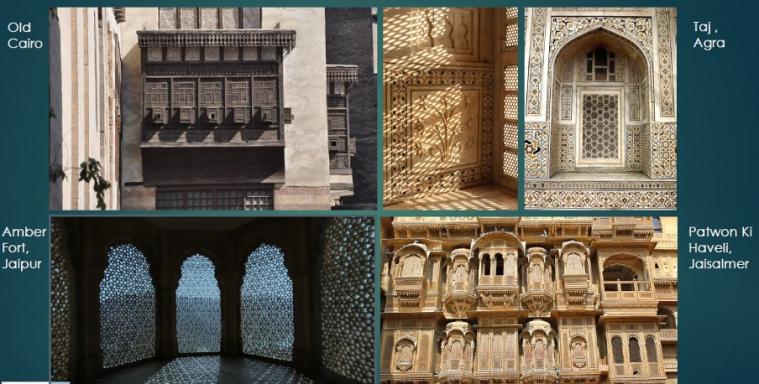
Figure 2 - Mashrabias - The pierced screens used as windows to control heat and sunlight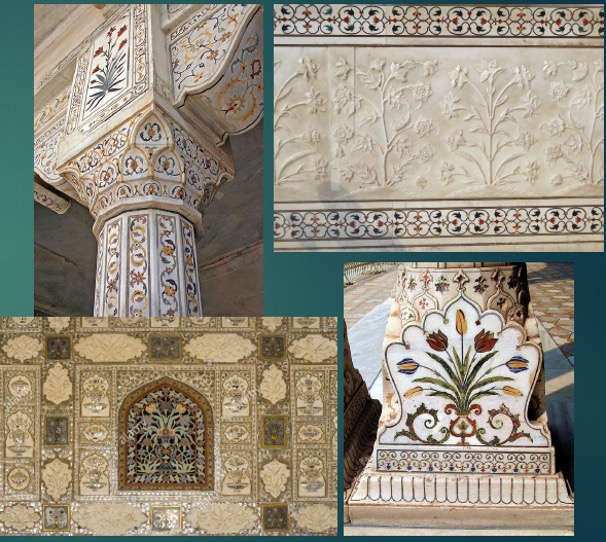
Figure 3 - Pietra dura - Parchin Kari work, Detailed work on marble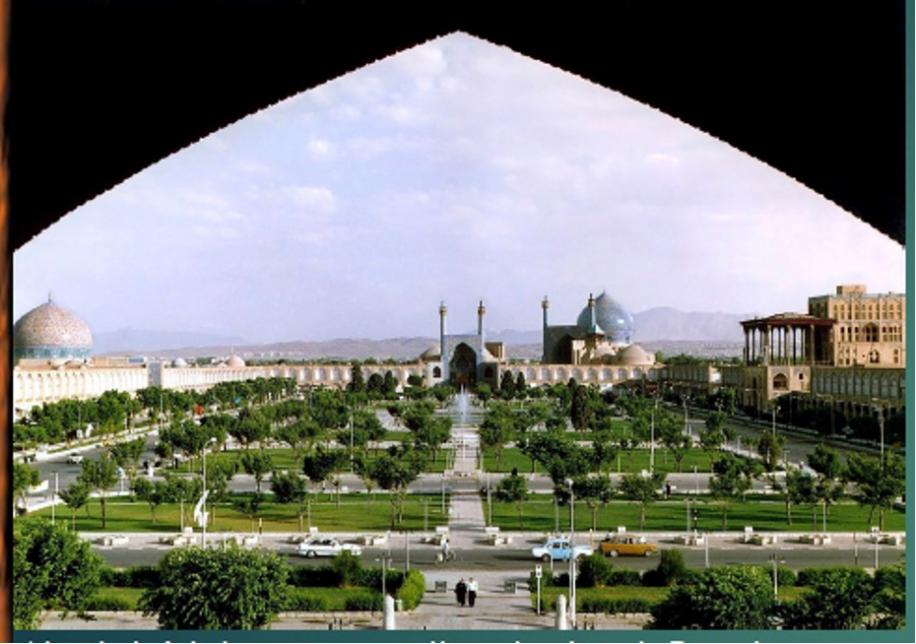
Figure 4- Naghsh-I Jahan square, the Charbagh Royal Square (Maidan)
Figure 5 – Shalimar Bagh, Srinagar and Lahore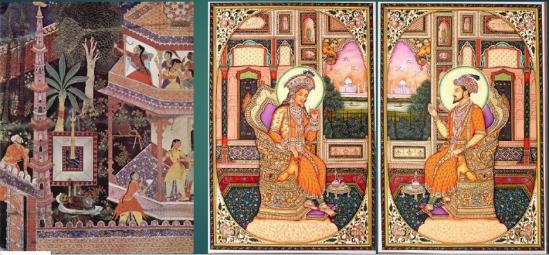
Figure 6 - Hamzanama and Mumtaz-Shahjahan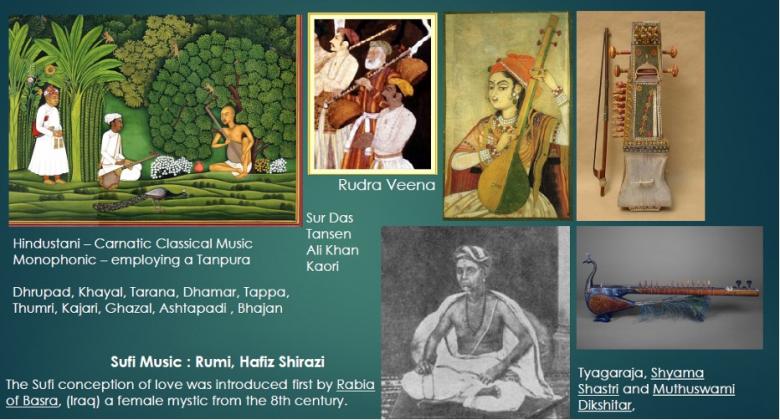
Figure 7 – Poetry and Music and Instruments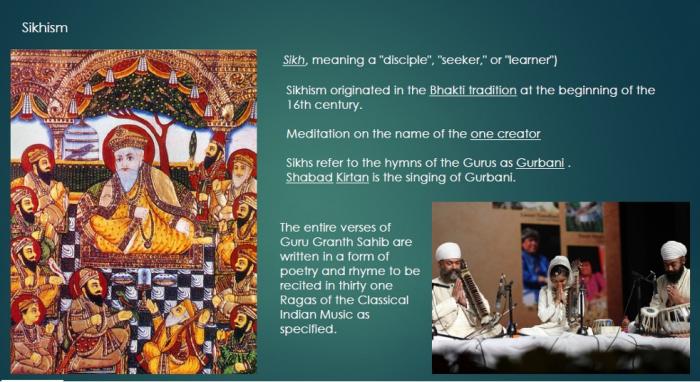
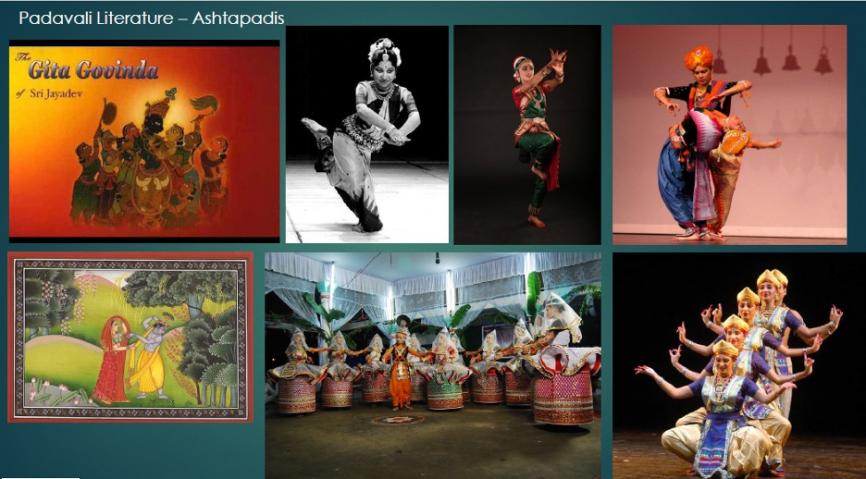
You may also access this article through our web-site http://www.lokvani.com/









